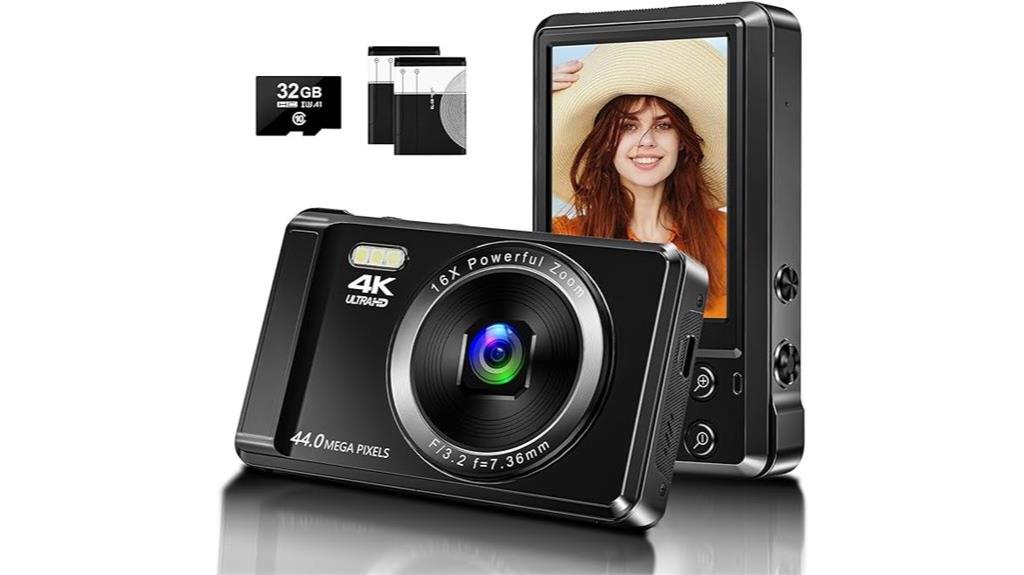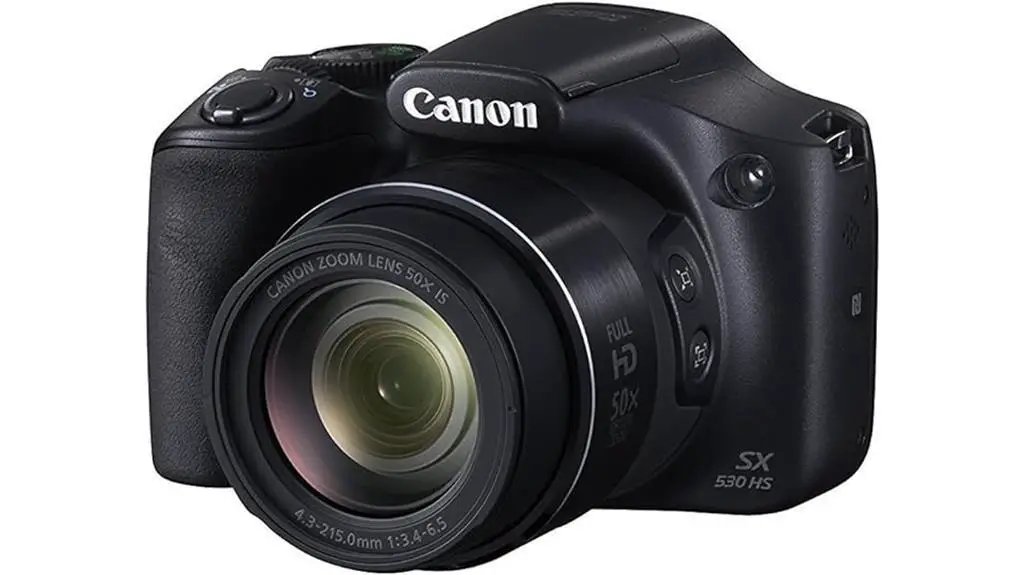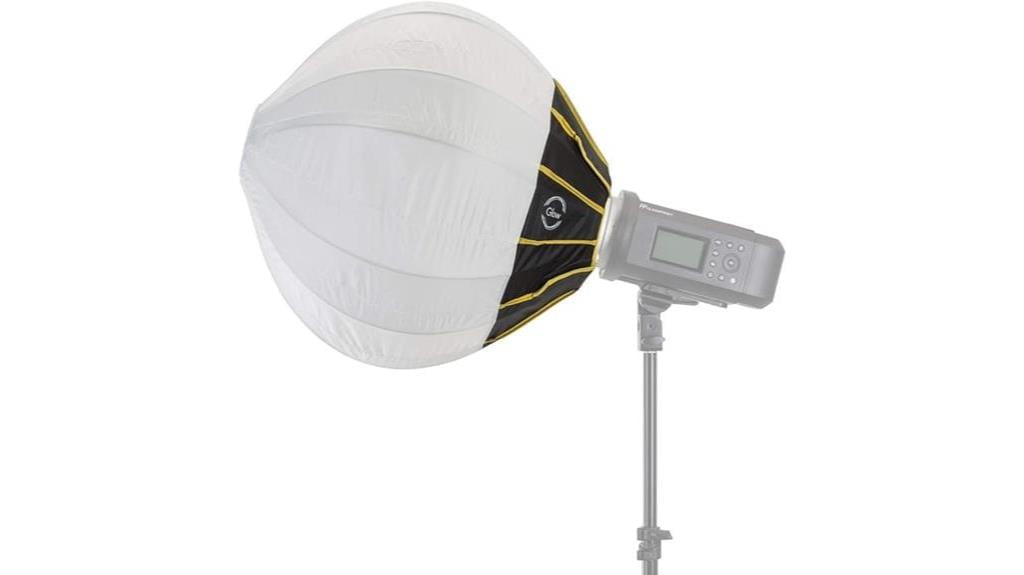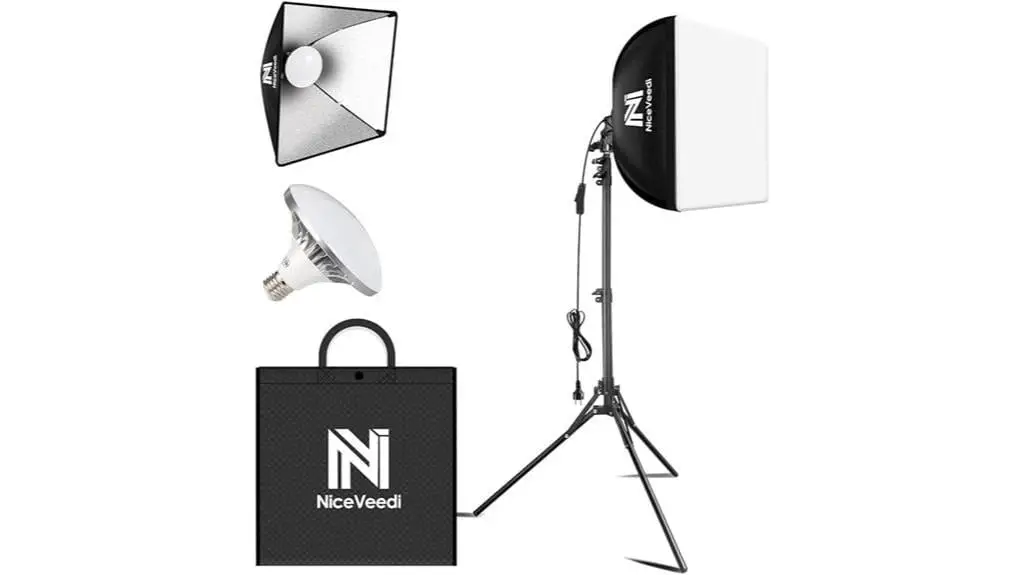In the realm of real estate photography, the task of encapsulating a property's charm is akin to weaving an enthralling narrative. Similar to how a masterful storyteller chooses just the right phrases to create an immersive scene, a photographer must judiciously opt for the ideal focal length to effectively highlight the distinct attributes of a listing.
In today's era of quick digital scrolling and interactive virtual tours, capturing images that make a listing pop is crucial for captivating the interest of potential buyers. Selecting the optimal focal lengths is key to achieving such visual allure.
While we're about to delve into the five best focal lengths that have proven to be game changers for many real estate photographers, it's important to consider an alternative perspective. Some argue that the magic of a property isn't solely in the details brought forth by the lens but in the story the overall composition tells. They suggest that a single focal length, if used creatively, can be just as effective as having a variety.
This contrarian viewpoint invites an interesting discussion on the necessity of multiple lenses for quality real estate photography. Do you agree that a vast array of focal lengths is essential, or do you believe that the photographer's skill in using a single lens can suffice? We're eager to hear your thoughts on this debate. Feel free to leave a comment below with your insights and experiences as we explore the five focal lengths that could elevate your real estate photography to new heights.
Table of Contents
ToggleDigital Camera 4K UHD Vlogging Camera with 32GB SD Card, 2 Batteries

The Digital Camera 4K UHD Vlogging Camera with 32GB SD Card and 2 Batteries is an ideal choice for beginners and vloggers looking for a versatile and user-friendly camera with high-resolution video and image capabilities.
With its UHD 4K video resolution and 44MP image resolution, this camera ensures stunning visual quality. The 16X digital zoom allows you to capture distant subjects with clarity, while the built-in flash is perfect for low-light conditions. Additionally, its webcam functionality makes it suitable for video calls and live streaming.
The camera's features, including self-timer, face detection, continuous shooting, time-lapse recording, and slow-motion recording, provide flexibility for various shooting scenarios. The inclusion of a 32GB SD card, 2 rechargeable lithium batteries, and a storage bag ensures that you're ready to go.
Best For: Beginners, vloggers, and individuals looking for a user-friendly camera with high-resolution video and image capabilities.
Pros:
- UHD 4K video resolution and 44MP image resolution
- 16X digital zoom for capturing distant subjects
- Versatile features for various shooting scenarios
Cons:
- May not have advanced professional features
Canon PowerShot SX530 Digital Camera with 50X Optical Zoom (Black)

With its powerful 50x optical zoom and built-in Wi-Fi and NFC connectivity, the Canon PowerShot SX530 Digital Camera is a versatile choice for capturing real estate photography with ease and convenience. The 16.0 Megapixel High Sensitivity CMOS sensor and Full HD video at 30p provide high-quality images and videos for showcasing properties. The intelligent IS and Zoom Framing Assist features help in stabilizing shots and framing subjects, while the Canon HS SYSTEM ensures good performance even in low-light conditions. The lightweight and durable design make it suitable for property inspections and travel.
However, it's important to note that while the camera is great for beginners and general photography, it may have limitations for professional quality or advanced real estate photography.
Overall, the Canon PowerShot SX530 Digital Camera offers an array of features and connectivity options that can be beneficial for real estate photography needs.
Best For: Real estate agents and property inspectors looking for a versatile and easy-to-use camera for capturing high-quality images and videos of properties.
Pros:
- Powerful 50x optical zoom for capturing detailed shots of properties
- Built-in Wi-Fi and NFC connectivity for easy sharing and transfer of images
- Lightweight and durable design suitable for property inspections and travel
Cons:
- Not ideal for professional quality or advanced real estate photography
Glow 20 Quick Ball Lantern Softbox

For real estate photographers in need of an all-encompassing lighting solution that effortlessly eliminates shadows and provides an even, natural glow throughout any space, the Glow 20 Quick Ball Lantern Softbox is a game-changer.
This lantern softbox offers omnidirectional lighting for small, medium, and large areas, making it a versatile option for real estate photography. Its simple setup and deployment, along with the ability to modify any Bowens mount light into a Chinese lantern orb, make it an ideal choice for capturing stunning listings.
Users have praised its ability to add unobtrusive, shadow-absorbing fill light, reducing the need for extensive post-processing. Additionally, its portability, defined by a zippered travel kit case, ensures that you can effortlessly transport it to different shooting locations.
With positive feedback highlighting its ability to provide natural, all-around light and cut down shooting and editing time, the Glow 20 Quick Ball Lantern Softbox is a valuable tool for real estate photographers.
Best For:
Real estate photographers in need of a versatile, all-encompassing lighting solution that effortlessly eliminates shadows and provides an even, natural glow throughout any space.
Pros:
- Omnidirectional lighting for small, medium, and large areas
- Simple setup and deployment
- Ability to modify any Bowens mount light into a Chinese lantern orb
Cons:
- May require additional masking for more controlled lighting
NiceVeedi Softbox Lighting Kit with Tripod Stand

Identify the superior brightness and wide application of the NiceVeedi Softbox Lighting Kit with Tripod Stand, suitable for enhancing your real estate photography setup.
The mini size softbox delivers superior brightness and features an anti-strobe LED light, providing excellent lighting for your real estate photography needs.
The high-quality durable tripod ensures stability and versatility for various shooting angles, while the 5400K 450W equivalent LED bulb offers consistent, natural lighting.
The kit's wide application makes it suitable for different real estate photography settings, allowing you to capture stunning listings with ease.
With positive customer reviews highlighting the brightness, sturdiness, and ease of setup, the NiceVeedi Softbox Lighting Kit with Tripod Stand proves to be a valuable addition to your real estate photography equipment, offering enhanced lighting capabilities for your listings.
Best For: Real estate photographers seeking superior brightness and versatile lighting solutions for capturing stunning property listings.
Pros:
- Superior brightness and natural lighting
- Durable tripod for stability and versatile shooting angles
- Wide application for different real estate photography settings
Cons:
- Short cord may require an extension cord for some setups
Factors to Consider When Choosing Focal Length for Real Estate Photography
When choosing the focal length for your real estate photography, consider the basics of focal length and how it affects the final image. You'll want to ensure that your chosen focal length can adequately capture the interior space and effectively showcase the exterior views of the property.
Additionally, keep in mind the impact of focal length on lens distortion, as well as how it interacts with lighting and shooting angles.
Focal Length Basics
When selecting a focal length for real estate photography, it's crucial to consider how it will affect the angle of view and magnification captured by the lens.
A shorter focal length, such as 16mm, captures a wider angle, making it ideal for smaller spaces and interiors. It also provides greater depth of field, ensuring that more of the scene is in focus.
On the other hand, a longer focal length, like 35mm or 50mm, captures a narrower angle and is better suited for larger spaces, exterior shots, and highlighting specific details. Additionally, it magnifies distant subjects and offers a shallower depth of field, creating a more artistic and blurred background effect.
Keep in mind that focal length also influences perspective and distortion, so choose wisely based on the size and desired visual impact of the property.
Interior Space Coverage
To ensure optimal interior space coverage in real estate photography, carefully consider the focal length of the lens, taking into account the size and layout of the rooms.
For smaller rooms, a wider focal length, such as 16mm to 24mm, can help capture more of the space in a single frame. This allows you to showcase the entire room without making it appear cramped.
On the other hand, for larger rooms, a slightly longer focal length, around 35mm to 50mm, can help maintain a natural perspective while still capturing a significant portion of the room.
It's important to strike a balance between showcasing the space and avoiding distortion. By adjusting the focal length based on the specific characteristics of each room, you can effectively highlight the interior space in your real estate photography.
Exterior Property Views
Consider using a wider focal length to capture expansive outdoor areas, such as gardens, landscapes, or large yards, to showcase the overall appearance and surroundings of a property. This focal length choice can emphasize the property's size and features, offering a comprehensive view of its exterior.
Additionally, a wider focal length can highlight the grandeur and layout of the property's exterior architecture, providing a sense of the property's scale and design.
By using the focal length to accentuate the property's curb appeal and its relationship with the surrounding environment, you can effectively convey the property's charm and attractiveness to potential buyers.
Ultimately, the wider focal length allows for a more immersive and encompassing representation of the property's exterior, contributing to stunning real estate photography.
Lens Distortion Control
To ensure accurate proportions and straight lines in your real estate photography, take into account the factors affecting lens distortion control when selecting the appropriate focal length.
Lens distortion control is crucial for correcting any warping or distortion that may occur at different focal lengths, particularly when using wide-angle lenses. These lenses are more susceptible to distortion, especially at the edges of the frame.
Understanding a lens's distortion control capabilities can significantly impact the overall quality and professionalism of your real estate photographs. Some lenses come with built-in distortion control features, while others may require additional post-processing to correct any distortion.
When choosing a focal length for real estate photography, considering a lens with good distortion control capabilities can help you achieve more accurate and visually pleasing results.
Lighting and Angles
When choosing the appropriate focal length for real estate photography, ensuring proper lighting and angles becomes essential to complement the lens distortion control for accurate and visually appealing results.
Proper lighting can significantly enhance the appeal of real estate photos by reducing harsh shadows and creating a warm, inviting atmosphere.
Experiment with different angles to find the most flattering and visually appealing perspectives for each room and space.
Utilize natural light whenever possible to capture the true essence of the property and its surroundings.
Consider the time of day when shooting real estate photography, as the quality of light can vary significantly depending on the hour.
Be mindful of reflective surfaces and how they interact with light, as they can impact the overall look and feel of the images.
Camera Equipment Choice
Selecting the right focal length for real estate photography starts with evaluating your camera equipment to ensure optimal image quality and compatibility with different platforms and devices.
Consider the resolution and zoom capabilities of the camera to ensure high-quality images. Evaluate the compatibility of the camera with various platforms for seamless use in different scenarios. Look for features such as self-timer, face detection, and continuous shooting to aid in capturing real estate interiors effectively.
Additionally, consider the portability and ease of setup of softbox lighting kits for convenient use in different real estate photography settings. Take into account user feedback on brightness, sturdiness, and ease of setup when choosing a softbox lighting kit for real estate photography.
These factors will contribute to capturing stunning real estate listings.
Conclusion
Now that you know the best focal lengths for real estate photography, you can capture stunning listings with ease.
Whether you're using a digital camera or a softbox lighting kit, consider the factors mentioned to ensure you choose the right focal length for each shot.
With the right equipment and knowledge, you'll be able to showcase properties in their best light and attract potential buyers.
Happy shooting!
